Nguom Stone Roof has a frog-jaw shape, located on the mountainside, about 30m higher than the residential road and about 40m higher than the water level of Than Sa River. The surface area of the stone roof with traces of cultural layers is nearly 1,000m2 .
To date, Nguom Stone Roof has been excavated 5 times, in 1981, 1982, 1985, 2017 and most recently in early 2024. Each excavation discovered new artifacts, surprising researchers.
Nguom Rock Shelter was discovered by scientists and researchers in March 1980 with about 200 stone artifacts, including pebble tools in the form of cores and flakes with processing marks, identified as a place where prehistoric people lived.
The first excavation in 1981 determined that Mai Da Nguom was a place for tool making – a workshop site. This is a discovery of great significance for the study of Vietnamese prehistory, regionally and globally .
During the first excavation, researchers believed that an archaeological culture called "Than Sa Culture" could be established.
The second excavation in 1982 collected a large number of artifacts, providing valuable data for researchers to gain a deeper understanding of the fragment industry not only in Vietnam but also in Southeast Asia. As a result of the second excavation, the scientific conference on "Than Sa Culture" held in Thai Nguyen contributed to the establishment of a separate industry, which is Nguom industry.
In 1982, the Nguom Stone Mai archaeological site was ranked as a national monument.
In 2017, the Institute of Archaeology cooperated with the Department of Anthropology, University of Washington (USA) to conduct the 4th excavation of Nguom Rock Roof. The excavation results contributed to a very new understanding of the presence of early residents dating back more than 41,500 years.
The 5th excavation from March to early April 2024, organized by Thai Nguyen Provincial Museum and the Institute of Archaeology, discovered the existence of cultural layers with completely different structures and colors. Cultural layer 5 is orange, dry and loose; Cultural layer 6 is more moist yellow-brown but has a loose structure containing many small limestone blocks.
In cultural layers 5 and 6, fragmentary tools, raw pebble cores, core tools, flakes, split pieces, animal remains, fruit seeds and a modest number of terrestrial and aquatic mollusks were discovered; especially burnt animal bones were discovered.
Director of Thai Nguyen Provincial Museum Tran Thi Nhien said: Like previous times, the 5th excavation was carried out very professionally, methodically, and carefully, bringing very new and very important insights into the Mai Da Nguom archaeological site, specifically bringing new insights, making many prestigious archaeological researchers moved by the artifacts collected, determining that the age of human habitation may be much earlier than before.
“With the deep concern of the authorities at all levels and cultural agencies in the province for the archaeological site of Nguom Stone Roof, in the coming time, we will continue to coordinate with scientists and researchers to consolidate related records and find more practical solutions for long-term preservation and promotion of the value of Nguom Stone Roof,” Ms. Tran Thi Nhien added.
Affirming the value of the site, key leaders of Thai Nguyen province requested the Department of Culture, Sports and Tourism and Thai Nguyen Provincial Museum to closely coordinate with specialized agencies at the central level to continue consulting and providing advice from scientists to prepare a dossier to propose that the Nguom Stone Roof artifact be a national treasure, and to complete the dossier to propose that it be a special national historical and cultural relic.
Thai Nguyen province requested the authorities to add the master plan of this relic site to the general plan of Vo Nhai district, ensuring the planning area is appropriate and does not affect the core and buffer zones of the relic site. In the immediate future, research and consultation with experts will be conducted to develop solutions to protect and preserve the relic site in the long term; in the long term, the Than Sa cultural space will be preserved, and the value of the relic site will be promoted to attract a large number of domestic and international tourists.
Thai Nguyen Provincial Museum has a special exhibition room "Than Sa Culture", although in a narrow space, simulating Nguom Rock Roof, prehistoric people's activities, artifacts at a primitive level, but in recent times it has attracted many students to visit.
If the Mai Da Nguom archaeological site is well organized, has enough information, and meets the conditions, it will be an attractive, lively tourist destination, with historical, cultural, and scenic experiences, not only appealing to students.
Thai Nguyen province is taking measures to preserve this particularly important archaeological site intact, while at the same time linking the national historical-cultural relic of Phuong Hoang cave, the landscape of Than Sa special-use forest, and indigenous culture to gradually exploit the tourism potential and experience the Mai Da Nguom site.
Source: https://nhandan.vn/tiem-nang-du-lich-trai-nghiem-di-chi-khao-co-mai-da-nguom-post825794.html





![[Photo] Closing ceremony of the 18th Congress of Hanoi Party Committee](https://vphoto.vietnam.vn/thumb/1200x675/vietnam/resource/IMAGE/2025/10/17/1760704850107_ndo_br_1-jpg.webp)


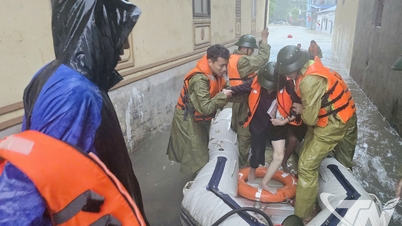


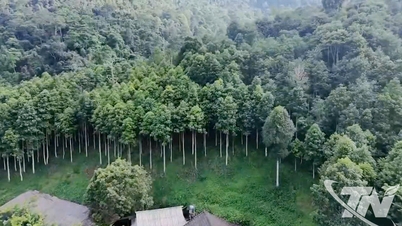


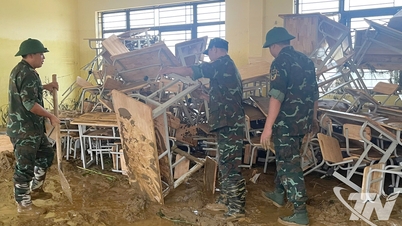
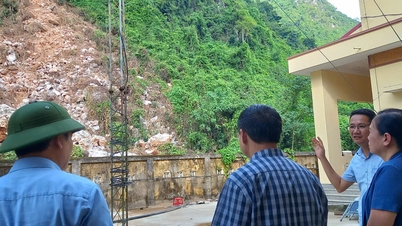


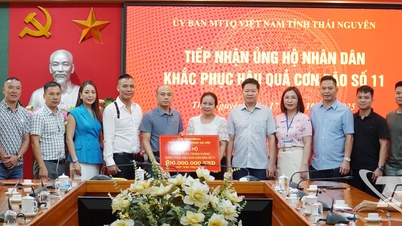
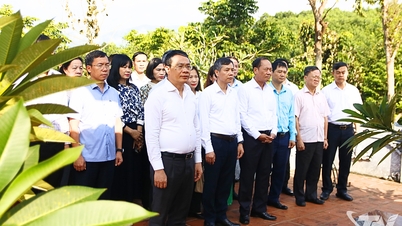
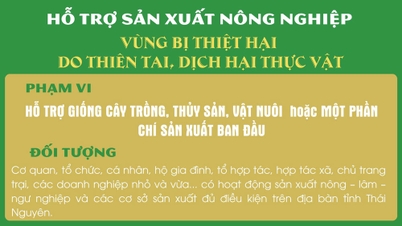







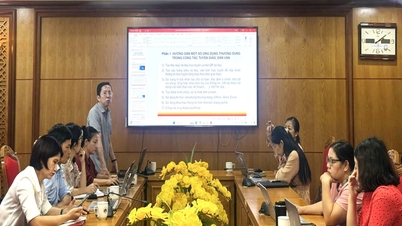


![[Photo] Nhan Dan Newspaper launches “Fatherland in the Heart: The Concert Film”](https://vphoto.vietnam.vn/thumb/1200x675/vietnam/resource/IMAGE/2025/10/16/1760622132545_thiet-ke-chua-co-ten-36-png.webp)



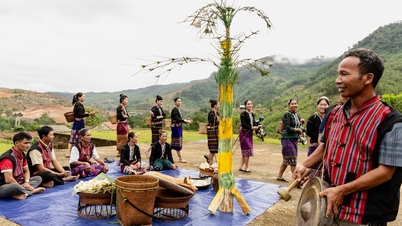



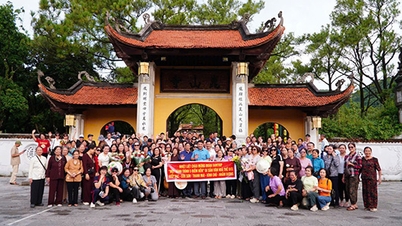




















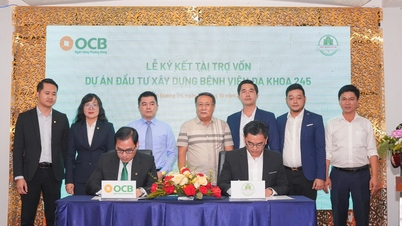














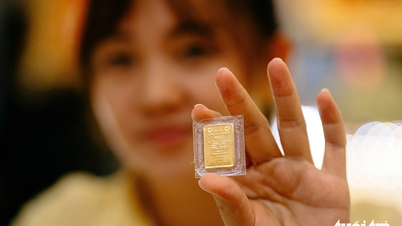
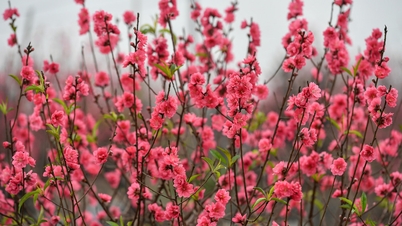



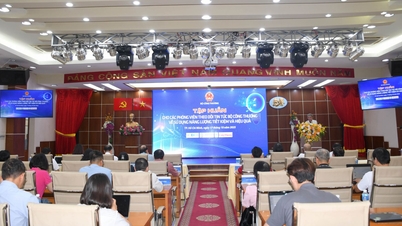



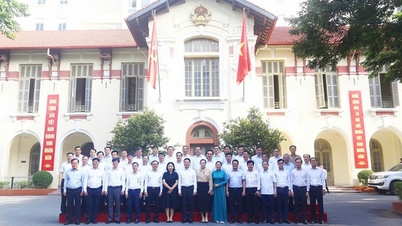

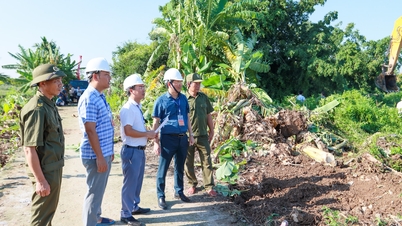

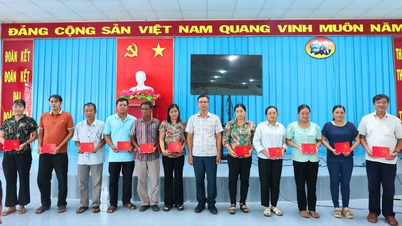






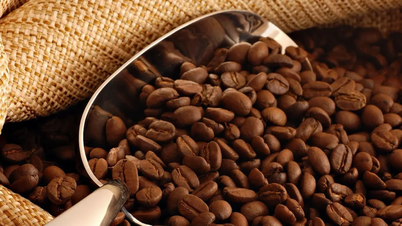












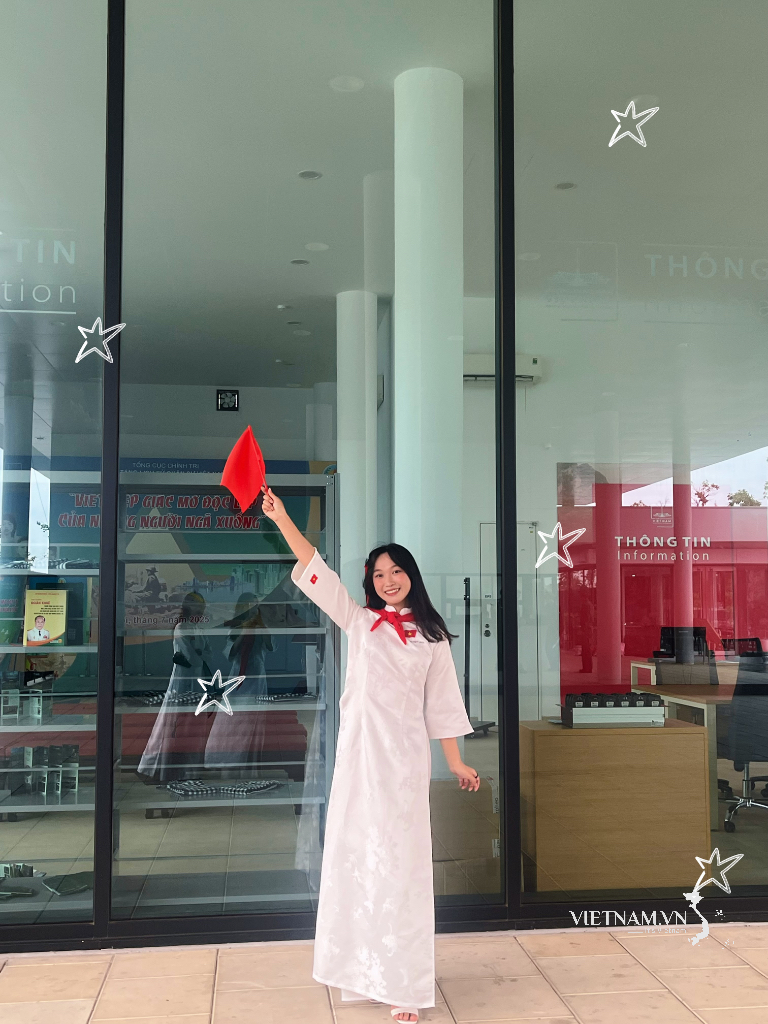



Comment (0)